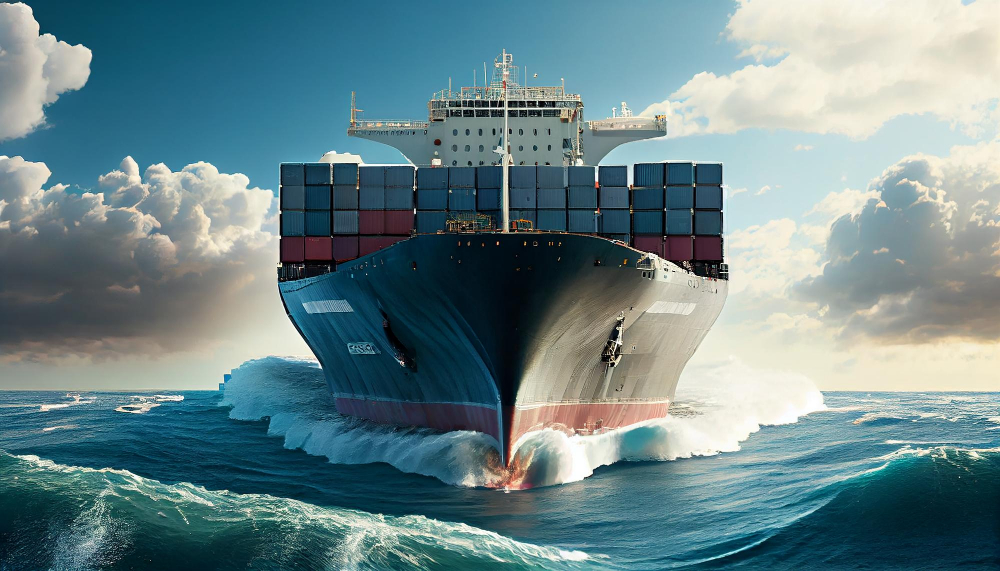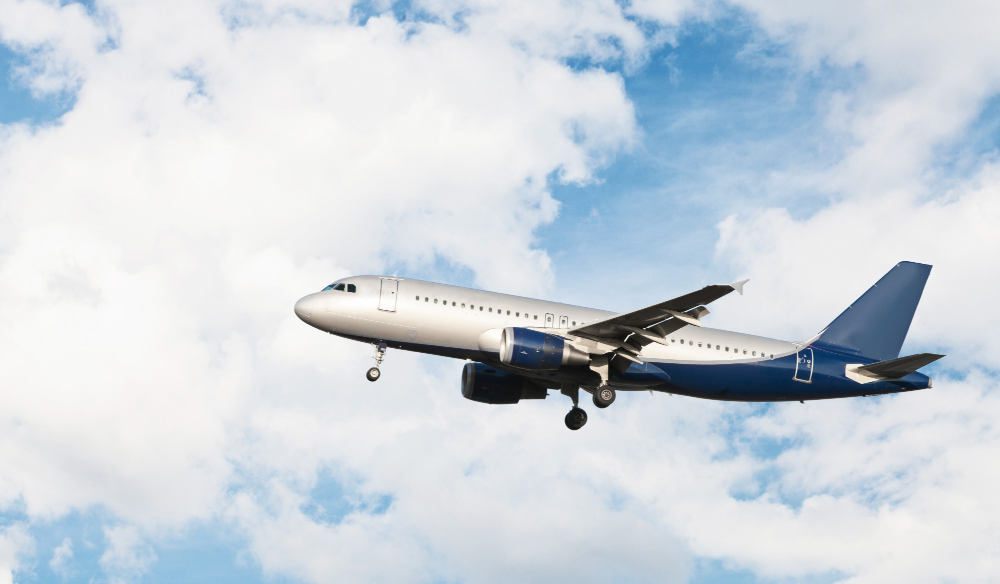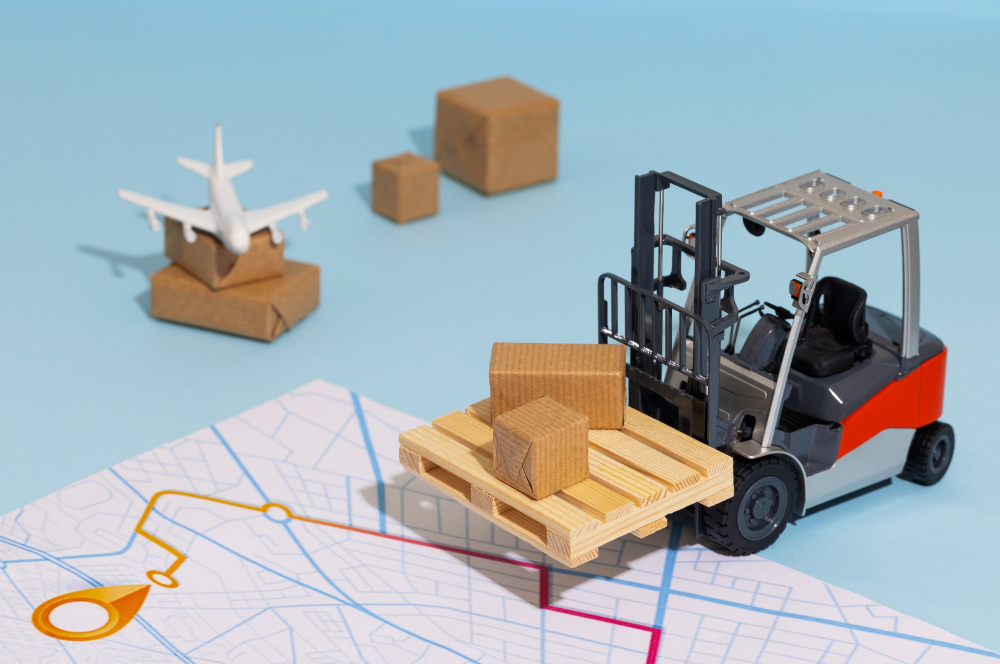As an importer, choosing the right shipping method is crucial to ensure that your products arrive on time and in good condition. There are several shipping methods available, each with its own advantages and disadvantages. In this comprehensive guide, we'll explore the most common shipping methods for importers, helping you make informed decisions that optimize your supply chain management.1. Sea Freight
Sea freight is the most cost-effective shipping method for large shipments. It is suitable for bulky items or high-volume orders. However, sea freight has longer transit times compared to other shipping methods and can take anywhere from 20-60 days depending on the destination. Additionally, customs clearance procedures can add extra time and expense to the process. To maximize the benefits of sea freight, it's essential to plan ahead and work with a reputable shipping company that provides reliable services.

2. Air Freight
Air freight is the fastest shipping method available, making it ideal for time-sensitive shipments. It typically takes between 3-10 days for air cargo to reach its destination. However, air freight is more expensive than sea freight and not suitable for large quantities or bulky items. If you need your products delivered quickly and efficiently, then air freight is the way to go.

3. Rail Freight
Rail freight is becoming an increasingly popular option for importing goods from China to Europe. Rail transport offers faster transit times than sea freight and is more cost-effective than air freight. It takes around 12-18 days for rail cargo to arrive in Europe. This shipping method is particularly useful for companies looking to balance cost-effectiveness and speed.

4. Express Delivery
Express delivery is a popular choice for small-scale shipments, samples, and urgent orders. Courier companies such as DHL, UPS, and FedEx have established extensive networks across the world, offering fast and reliable door-to-door delivery services. However, express delivery can be expensive, making it less suitable for larger quantities of goods.

5. Multimodal Transportation
Multimodal transportation is a combination of different shipping methods to optimize cost efficiency and transit times. For example, sea-air freight involves using sea freight to transport products to a hub in Asia, followed by air freight to deliver the goods to their final destination. This method can be more cost-effective than air freight alone and faster than sea freight alone.

In conclusion
Choosing the right shipping method is crucial to ensure that your products arrive on time and in good condition. By understanding the advantages and disadvantages of each shipping method, you can make informed decisions that optimize your supply chain management. Whether you choose sea freight, air freight, rail freight, express delivery, or multimodal transportation, working with a reputable logistics partner can help you save time, money, and headaches.
At Guangzhou Bright Future, we provide professional one stop China sourcing services to businesses worldwide. From purchase to delivery, we offer customized solutions to meet your unique needs. Contact us today to learn more about how we can help you optimize your supply chain management.